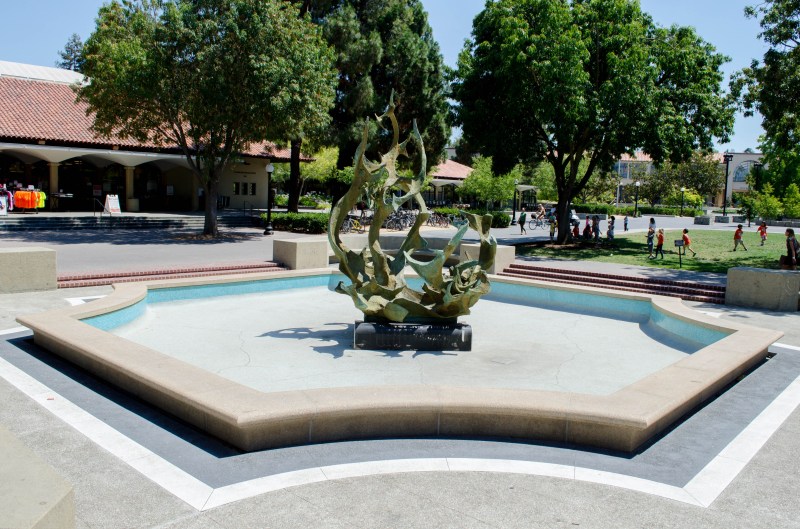“That’s where I used to throw cake on the heads of innocent passersby.” My eyes followed my father’s pointed finger up to one of the second story windows of Branner Hall.
“Why would you do that?” I asked, picturing the scene playing out and wincing with sympathy for the poor victims of the flying pastries.
A crazed look came over my father. “We were blowing off steam, man… those were the most stressful years of my life!”
Last weekend was the annual Family Weekend on the Stanford campus, and relatives of all ages, from all stretches of the world, came to share the celebrated experiences of their children’s, grandchildren’s, siblings’, nieces’ and nephews’ lives at university. Families sat together and shared meals in dining halls, participated in some of the coordinated activities and even sat in on a few classes. Other relatives, however, had previous Stanford experiences of their own that they sought to share with the current students. My father, an alumni of the Stanford Class of 1990, had plenty of these stories to tell.
“Do you want to go to any of the activities today?” I asked when my parents arrived on Saturday morning. My dad scoffed jokingly, “No, no! I’m here to give YOU a tour!”
We made our way through Tresidder, and my father outlined all the places where he and his friends would camp out for hours, completing their latest problem sets and chuckling through the unfurling smoke of their cigarettes because “it was still okay to smoke back then.” He laughed at the thought of today’s students submitting their essays online through Canvas a minute before the deadline, and recounted all the instances in which he had to sprint across the campus to drop off his printed assignment in a box outside of his professor’s office just before the professor pulled it inside and locked his office door.
We circled around Lake Lagunita, and he stood pensively in front of the Enchanted Broccoli Forest with a glint of what seemed to be both nostalgia and confusion in his eyes. Many years ago, he explained, the building had belonged to his fraternity before they were disbanded for a history of failing to meet university demands for reform. He delineated his history with the frat— how he and his current best friend had met as roommates in the house, how they had survived late nights of studying in the kitchen just as they survived even the most absurd of parties.
The party he remembered most vividly, he referred to as “Jungle.”
His fraternity had put tarps up all along the walls of the basement and flooded the entire area. Then, each of the neophytes had to contribute plants that were uprooted from the campus landscape. There was a canoe, often abandoned, floating aimlessly up and down the hall and one live lobster trying in vain to adapt to its new niche… The Jungle. Several inner tubes supported kegs of beer that bobbed up and down the water-filled hallways. A man in a scuba suit stealthily maneuvered along the bottom through the swimsuit-clad or naked guests— nobody ever knew who he was. “It lasted a week straight!” my father exclaimed proudly.
“Disgusting,” was all that my mother contributed.
Walking around with my father, I envisioned an entirely different campus (uprooted plants and all) and a school dynamic that I wasn’t familiar with. His relationships to the places where we had both spent copious amounts of time varied drastically from my own: where I go to study, he had gone to socialize, where I go to relax and enjoy the sun, he had snuck into in the tender hours of the night to dig up budding palm trees and blooming oleander with a spatula commandeered from the frat kitchen. When sharing these comparisons with my friends and hearing their outlooks, I was reminded that each person attaches a different meaning to each place they encounter. Standing outside Memorial Church might bring up memories of a first kiss, a spiritual awakening, a night of loss or a new beginning, depending on who is reflecting. The experience of Stanford is different for groups across generations, just as it is different for individual people. As we move through the process of being here and eventually leave it all behind, the school continues to carry the threads of these memories in the wefts and warps of its beautiful, mysterious, bustling campus. An old building, a trickling fountain, a curious hole in the ground where a tree once sat — all are a lot more than just that.
Contact Clara Spars at cspars ‘at’ stanford.edu.
